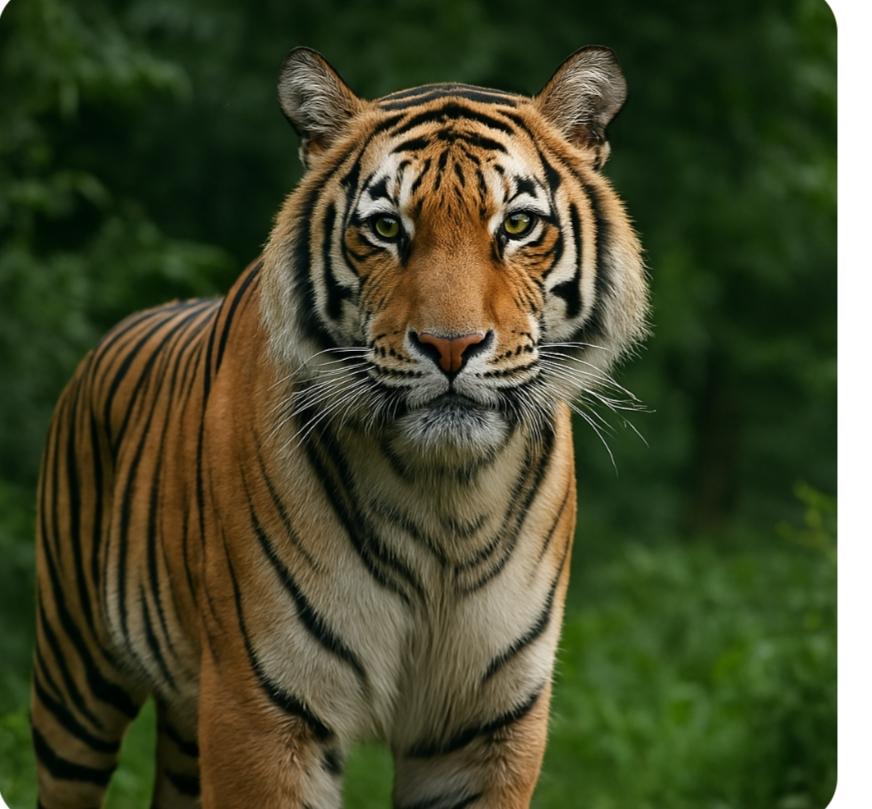Endangered Species and the Preservation of Ecosystems
The natural world is a delicate balance of interconnected life forms and habitats, all playing vital roles in maintaining the health of the planet. Among the most pressing environmental concerns today is the rapid increase in endangered species—animals and plants at risk of extinction. Their decline not only threatens biodiversity but also jeopardizes the stability of entire ecosystems.
Understanding Endangered Species
An endangered species is one that is likely to become extinct in the near future. Factors such as habitat destruction, climate change, pollution, illegal hunting, and invasive species contribute significantly to their decline. Iconic examples include the Amur leopard, the Sumatran orangutan, and the black rhino—all teetering on the brink of extinction.
The Role of Biodiversity
Biodiversity—the variety of life on Earth—is crucial for ecosystem function and resilience. Each species, no matter how small, plays a specific role. Pollinators like bees, for instance, are essential for plant reproduction, which supports food chains and habitats for other organisms. Predators help regulate populations, while decomposers recycle nutrients back into the soil.
When a species disappears, it can cause a ripple effect throughout the ecosystem. This phenomenon, known as a trophic cascade, can lead to the collapse of ecological networks, ultimately affecting human livelihoods through loss of resources, increased disease risk, and reduced agricultural productivity.
Preserving Ecosystems
Protecting endangered species goes hand in hand with preserving ecosystems. Conservation efforts include:
1. Habitat Protection: Establishing national parks, wildlife sanctuaries, and marine reserves helps safeguard habitats from destruction.
2. Legislation and Enforcement: Laws such as the Endangered Species Act and international agreements like CITES aim to prevent illegal trade and exploitation.
3. Restoration Projects: Reforestation, wetland recovery, and coral reef rehabilitation help rebuild damaged environments.
4. Captive Breeding and Reintroduction: Breeding endangered animals in captivity and releasing them into the wild can bolster dwindling populations.
5. Community Engagement and Education: Raising awareness and involving local communities in conservation ensures sustainable practices and long-term success.
Conclusion
The fate of endangered species is intricately tied to the health of our ecosystems—and ultimately, to human survival. By protecting wildlife and their habitats, we are not just saving animals; we are preserving the intricate web of life that sustains us all. Through global cooperation, innovative conservation strategies, and a shared commitment to the natural world, we can help ensure a thriving planet for generations to come.

